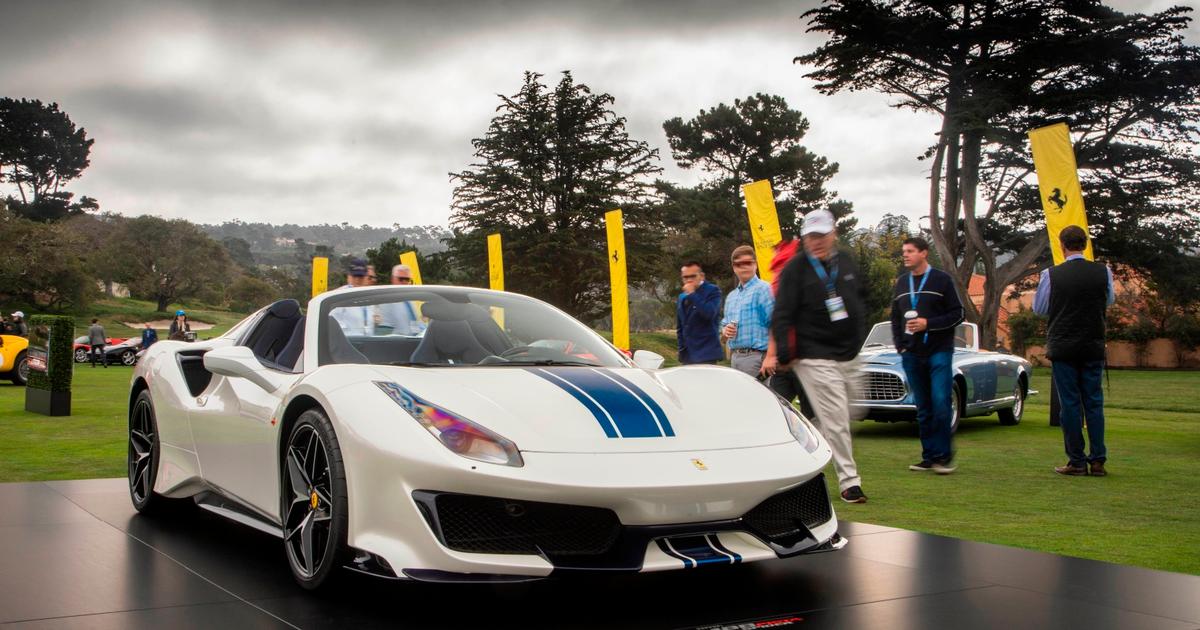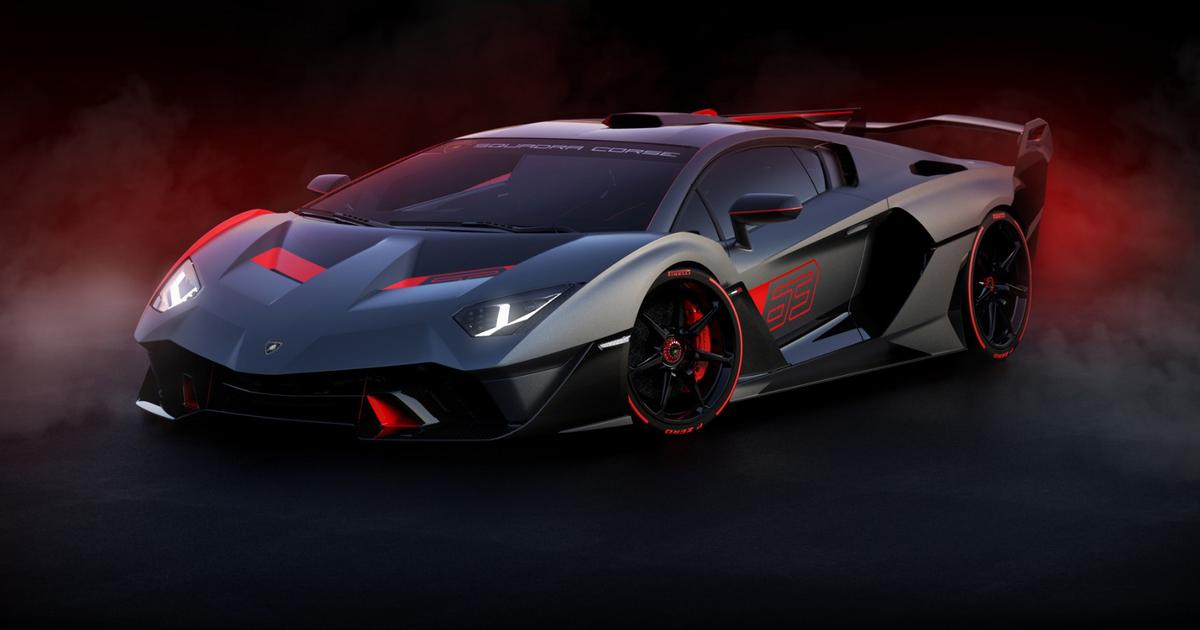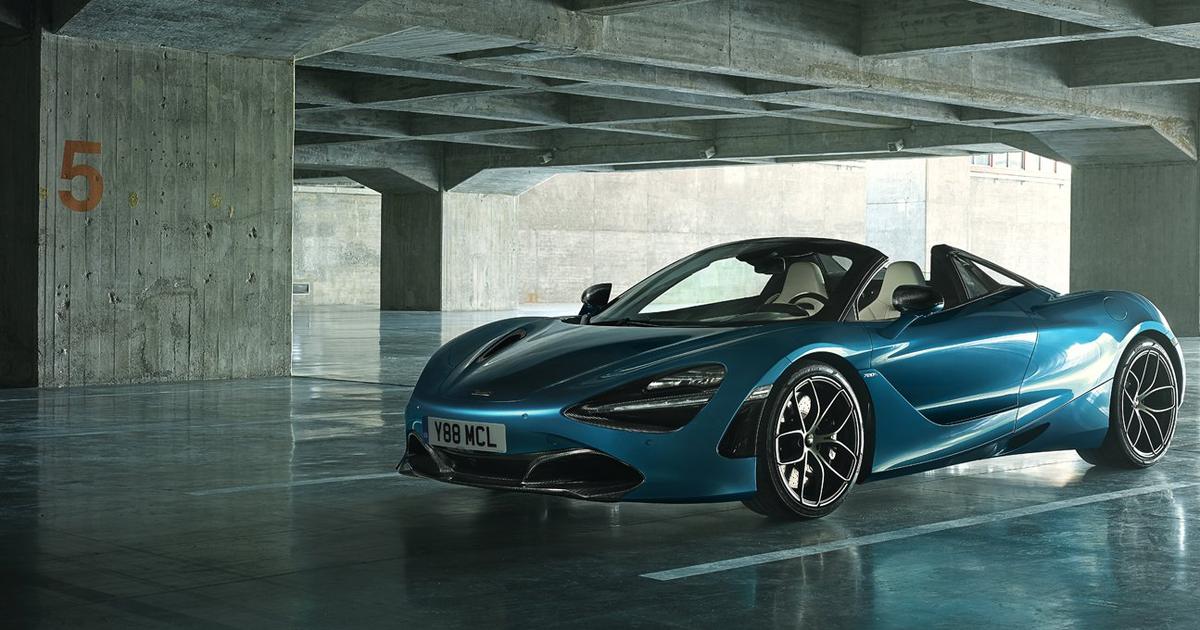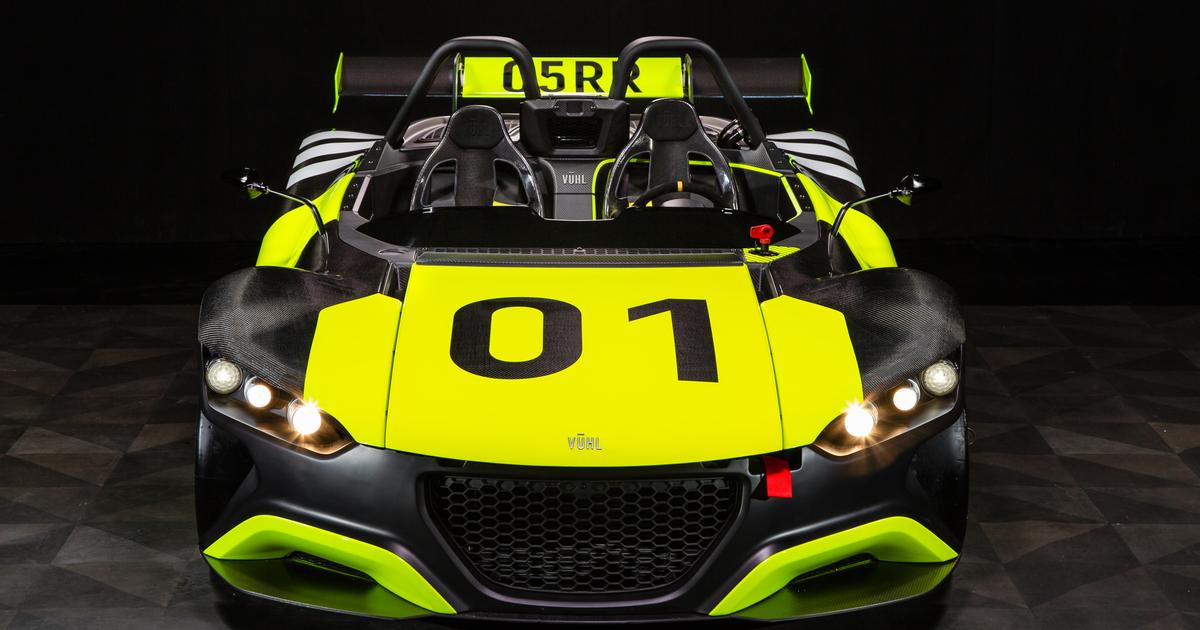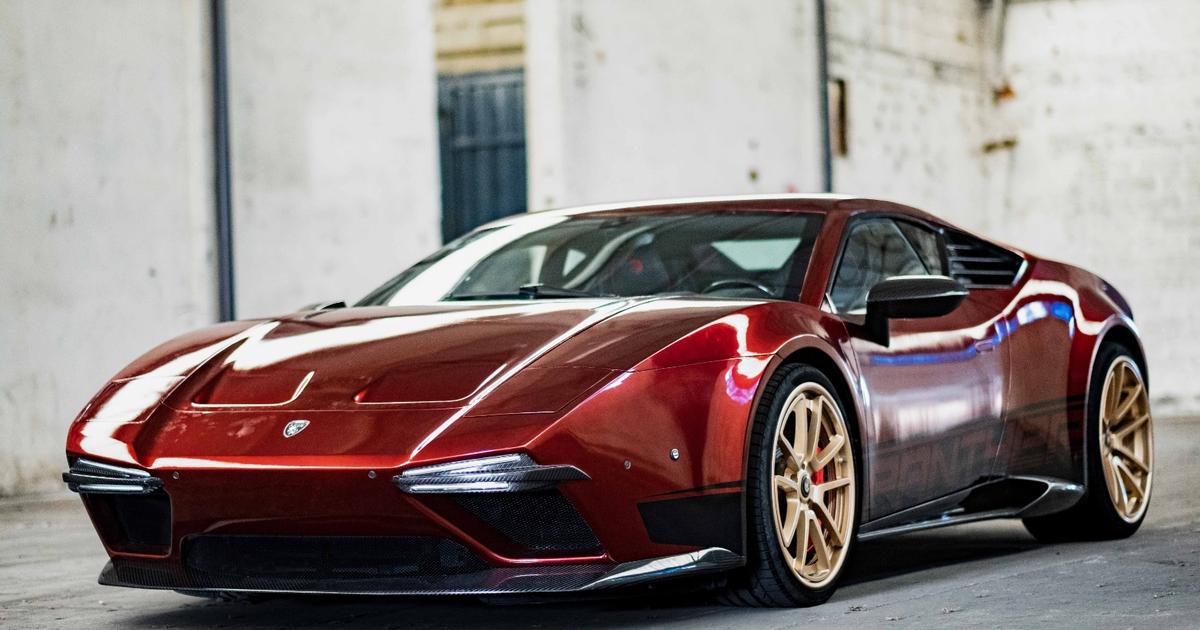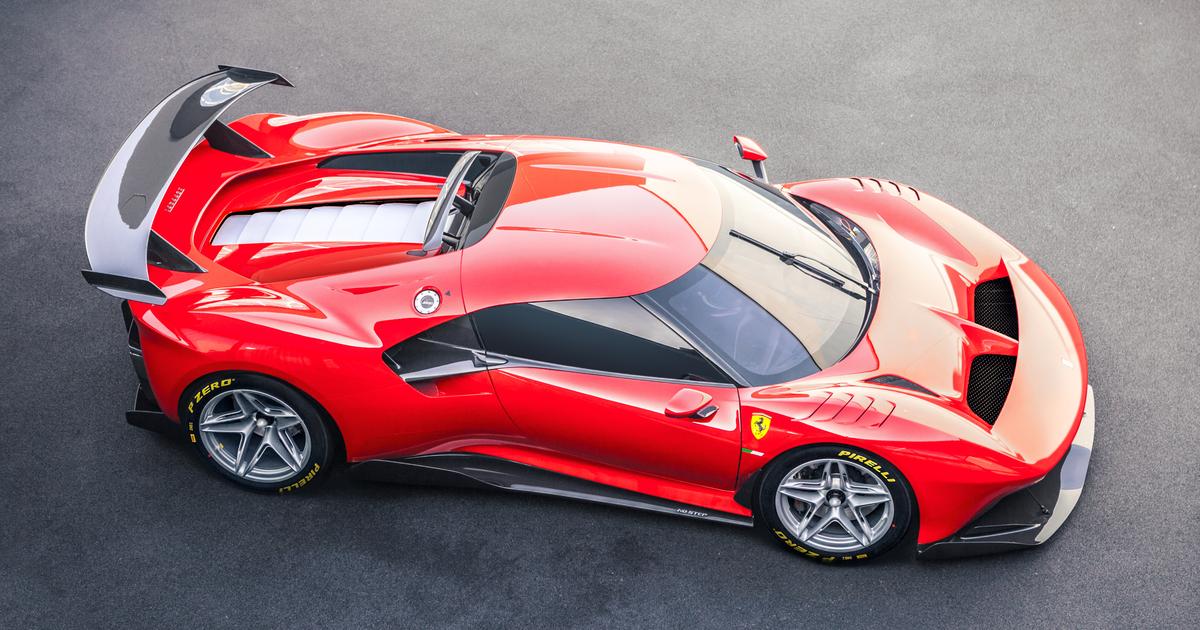California-based company Hyperion has released images, video and some details about its wild-looking XP-1 hydrogen supercar, the first fuel cell performance car. Forget the Lucid Air’s 517-mile range, this electric beast will go more than a thousand miles on a tank of H2.
The official range figure is 1,016 miles (1,635 km), on a 55 percent city/45 percent highway split. Hyperion doesn’t yet specify how much hydrogen the car will be carrying to get that kind of range, but here’s what we know about the powertrain.
The hydrogen storage systems will be carbon fiber, and these will feed a proton exchange membrane (PEM) fuel cell, which will create electric power to drive all four wheels. There will be a 3-speed transmission, which is unusual in an electric car, but this will allow a blistering 0-60 mph (0-96 km/h) time under 2.2 seconds as well as a wild top speed in excess of 221 mph (356 km/h).
There will be an ultracapacitor of undefined specification hooked up to the drive system as well. This can act as highly efficient buffer storage for regenerative braking, as well as offering monster boost power rates when you drop the hammer – but Hyperion states the XP-1 will “consistently and reliably provide peak performance over extended driving sessions” on the road and track, so it’s pretty clear the fuel cell will be a high-power unit.
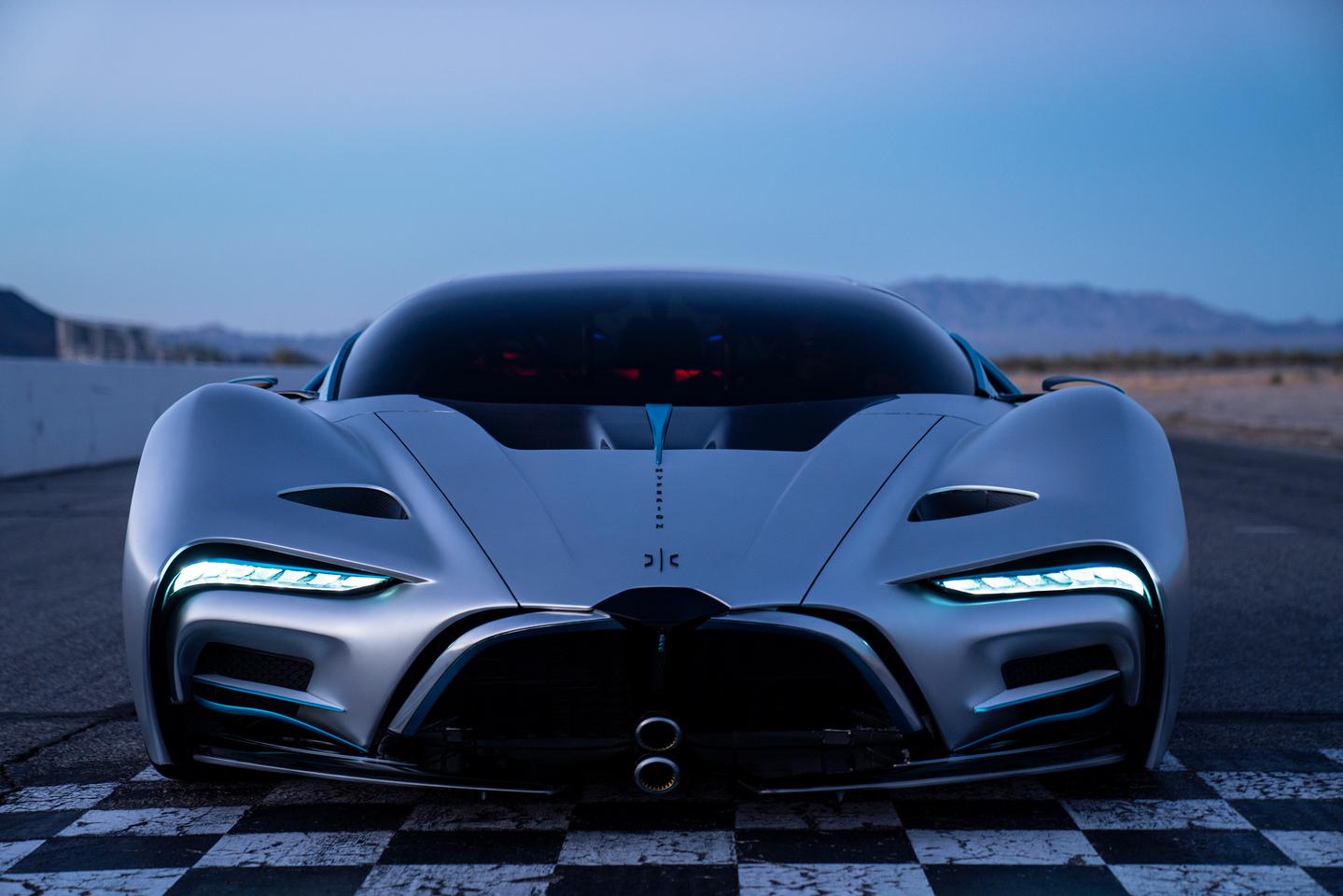
Hyperion
Frustratingly, there are no peak power figures as yet, but the company’s willing to put out a curb weight figure of less than 2,275 lb (1,032 kg), which makes this thing a featherweight in the supercar or hypercar classes.
The chassis will be a monocoque made from a carbon-titanium metal-composite matrix. The swoopy bodywork will be titanium-reinforced composite. The underbody diffuser will be kevlar-reinforced composite. The XP-1 will run big carbon-ceramic brakes – although we wonder if they’ll get a chance to warm up given how powerful the regen system should be. Wheels are 21 inches at the front, 22 at the rear, with the option of carbon composites.
The carbon/titanium-accented interior will be dominated by a colossal 98-inch curved touchscreen, and if you don’t want to touch it, there will be a gesture control system as well. The seats will be carbon as well, and covered in hand-stitched leather.
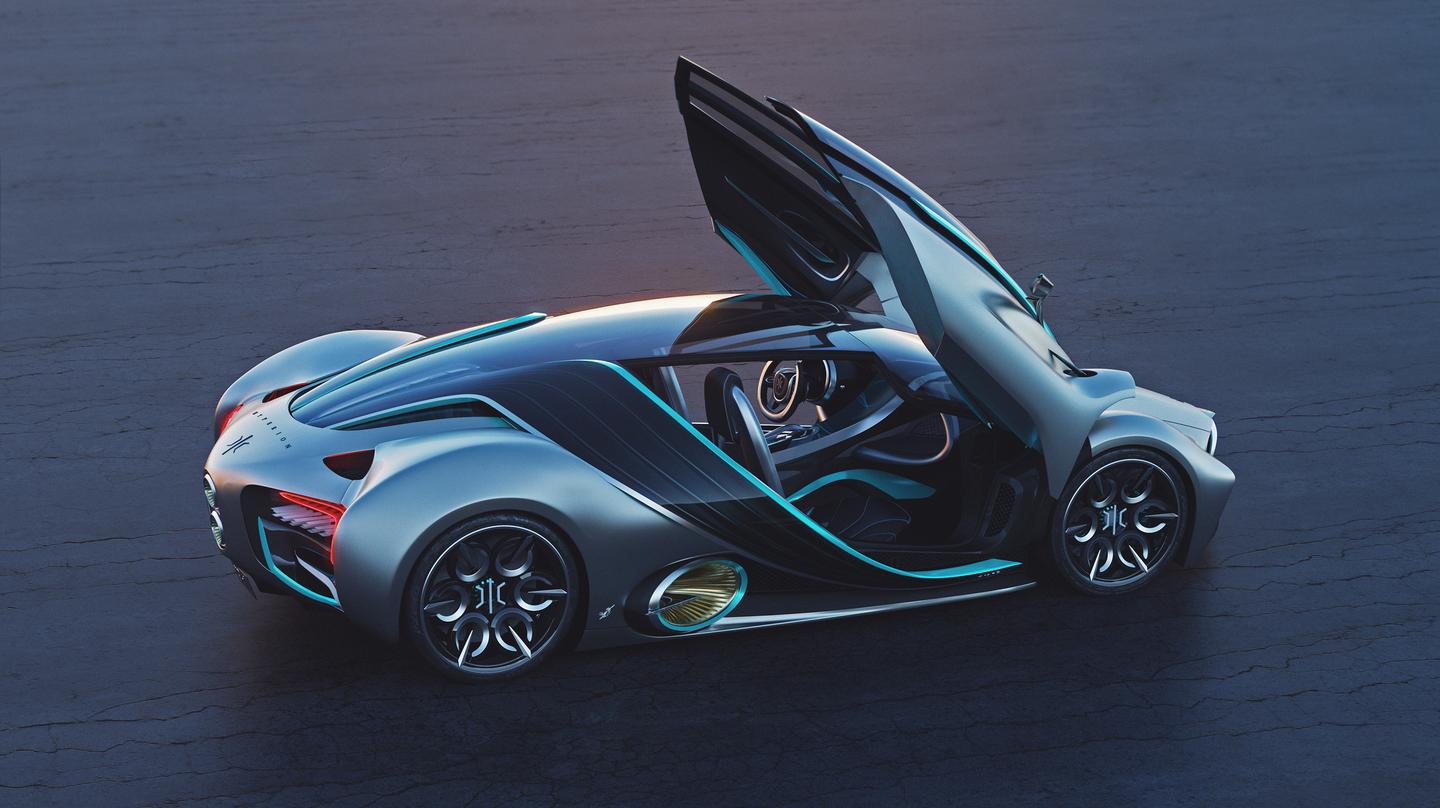
Hyperion
Now, we gotta talk about the jaw-dropping looks of this thing. It’s absolutely outrageous, one of the most aggressively out-there and futuristic designs we’ve seen, from the wild gold-ringed vortex air ports on the front, back and sides to the huge clear-panel roof and some truly nutty rims.
The most prominent feature, of course, is the loopy black ribbons extending up from the rear, curling down over the hips and wrapping through to terminate under the upward-opening doors. And these, apart from making the XP-1 look uncomfortably close to the Bugatti Chiron from several angles, are another trick up this car’s sleeve.
They’re solar panels. And they don’t just sit there, Hyperion says they can articulate to follow the sun. Why? Why not, I guess; they can feed a little charge into the ultracapacitor on the rare occasion you park it outside.
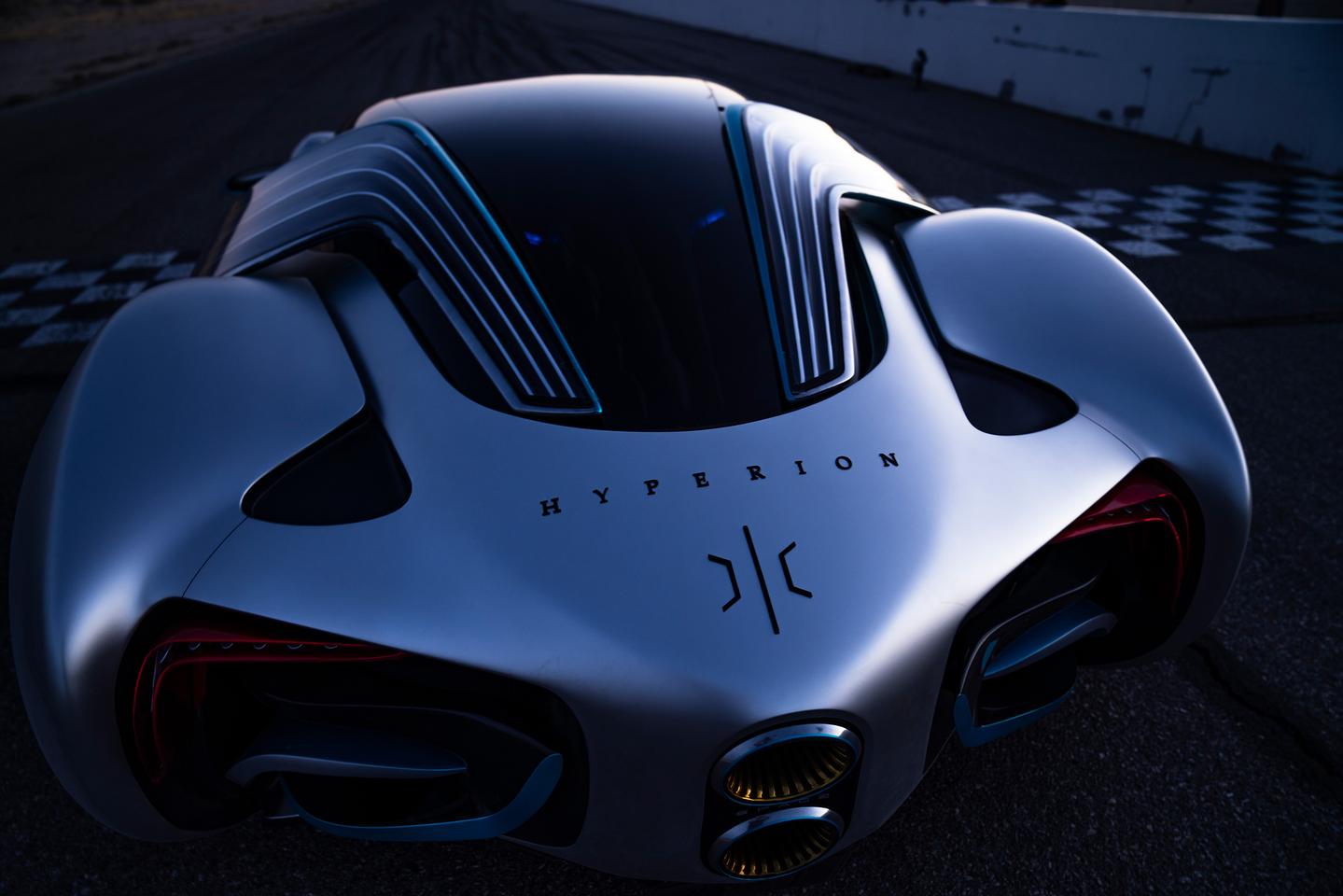
Hyperion
Ever since electric cars first started appearing, people have been asking why there aren’t solar panels on top of them. Well, here’s a quick back of the envelope for you on what the panels on the XP-1 might achieve. I’ve got 21 large, 2020-model solar panels on top of my house. I’d say the entire photovoltaic surface on the XP-1 might expose about as much as a single one of these panels to the Sun.
Over the course of a good day, one of my panels will pull in somewhere around 1.5 kWh, which is about enough to drive a Nissan Leaf six miles (10 km). So the Hyperion’s gorgeous, curvy solar array seems to us like it’s really mostly about looks. I don’t have a problem with that, they look absolutely nutty and it’s probably not that much more expensive to use photovoltaics than it would be to make the things in carbon anyway.
Without learning more about the hydrogen tech in this monster, it’s hard to see where the XP-1 leads to. A thousand-mile range is indeed impressive, but on the other hand, it doesn’t quietly fill itself up while you’re at home the same way a battery car will. There will be plenty of parts of the world where even a thousand mile range won’t get you to a hydrogen station.
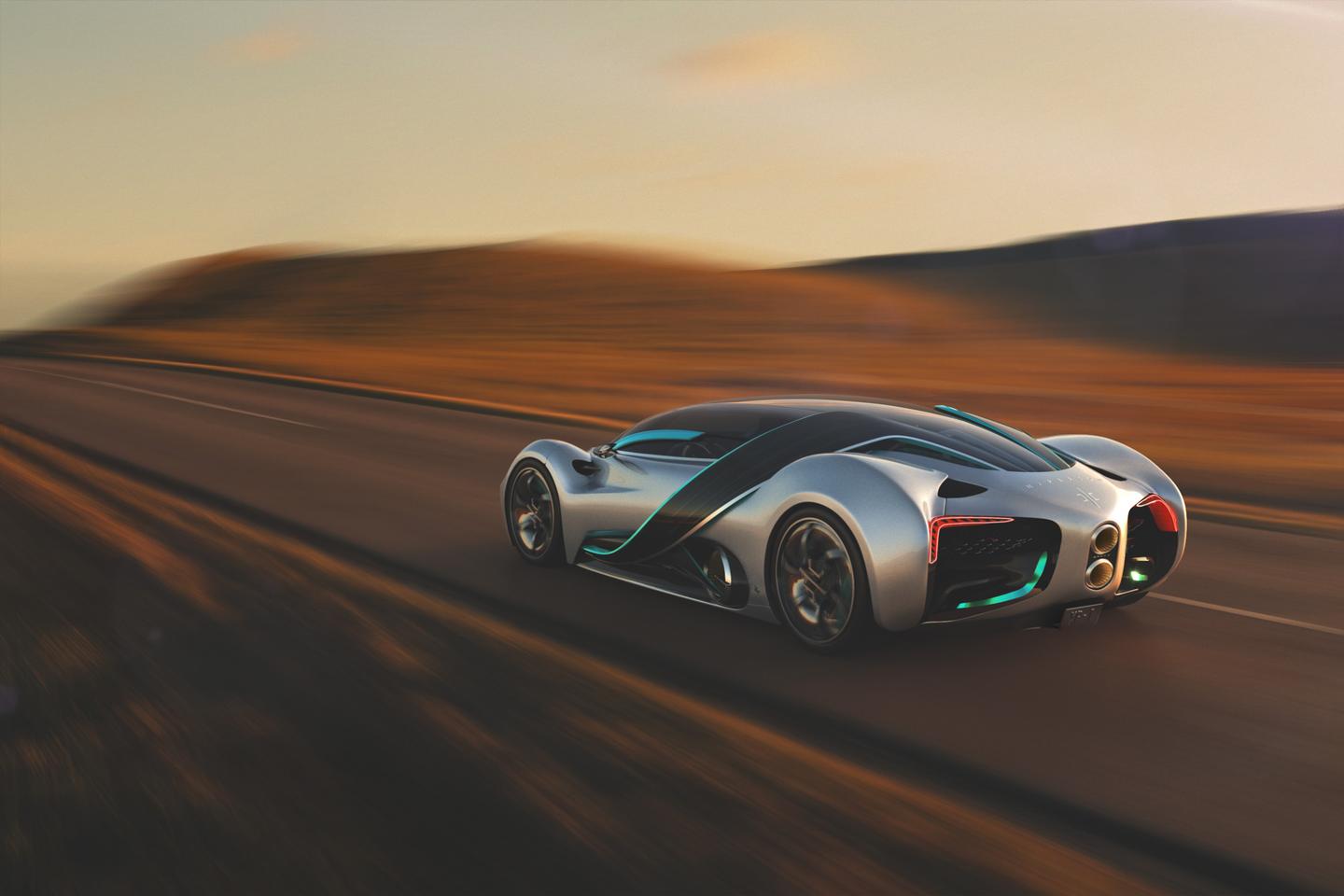
Hyperion
Hyperion also has an aviation division, and speaks of using “spaceflight technology pioneered by NASA,” which to us suggests this company might be into high-density liquid hydrogen and a future eVTOL project. But such questions will have to wait until we get hold of these guys for a chat.
In the meantime, the company is committing to building 300 of these XP-1 beasts, and I can see how they’d be a welcome addition to many collectors’ garages; it’s not every day somebody strikes out and builds the first hydrogen supercar, and the “are we in Tron now?” looks of the thing will make it stand out in any company. There’s no price tag attached yet (if you have to ask…), but Hyperion aims to begin deliveries in 2022.
If Hyperion is hoping to make a splash, I’d say its design team has nailed the brief in spectacular fashion. We look forward to learning more! Check out a video below.
Hyperion XP-1: the hydrogen hypercar
Source: Hyperion
